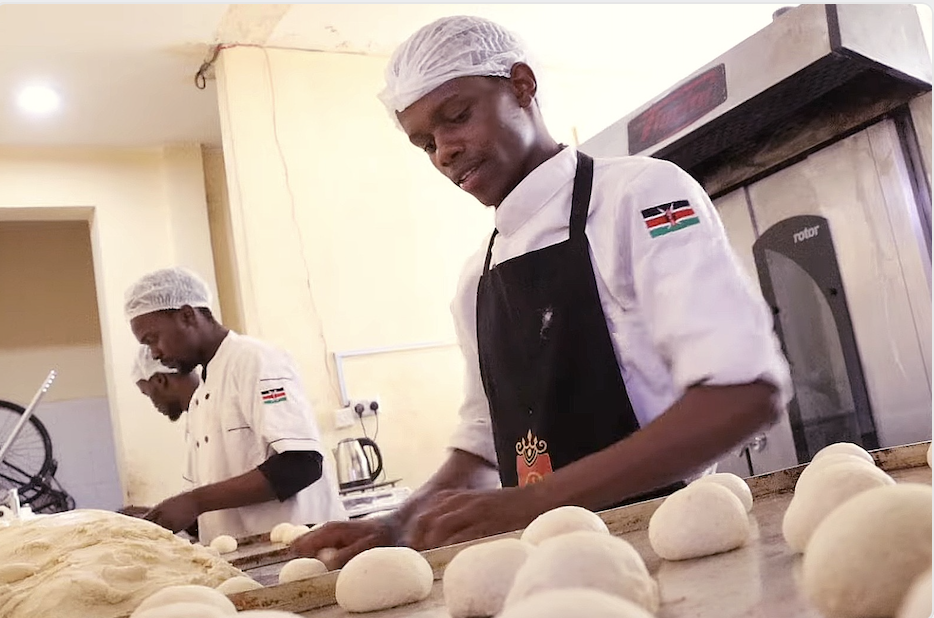NASA plans to turn human waste into food for astronauts in space

”Human waste” is this the food of the future? This is what scientists are looking to….turning human waste into food that can help astronauts sustain on deeper space missions, including Mars.
The US space agency has allocated researchers at Clemson University in South Carolina US$200,000 a year for up to three years to figure out how to recycle human faeces into synthetic food that could sustain astronauts during extended journeys or on a Martian colony.
The researchers at Clemson University in South Carolina will receive $200,000 (roughly Rs. 1.4 crores) a year for up to three years to achieve this task, the US space agency said in a statement.
Using urine and breathed-out carbon dioxide as the building blocks to create useful aboard items, the team is genetically engineering yeast to produce things that astronauts may need.
“A particular strain of yeast can be genetically manipulated to create polymers, or plastics, used for 3D printing, as well as Omega 3s, which lower heart disease risk, and protect skin and hair,” Mark Blenner, professor at Clemson, was quoted as saying in a Quartz report.
Nitrogen is needed to grow the yeast and is abundant in human urine.
Yeast also feeds on fatty acids which certain algae can create out of carbon.
Blenner’s system would grow yeast that could take those lipids and nitrogen and turn them into plastics and Omega 3s.

The grant was one of eight given to universities around the US, all of which focus on “innovative, early stage technologies that will address high-priority needs of America’s space program”, Nasa said.
“These early career researchers will provide fuel for Nasa’s innovation engine,” said Steve Jurczyk, associate administrator for Nasa’s Space Technology Mission Directorate.
Earlier this month, the six astronauts currently living on the International Space Station (ISS) became the first people to eat food grown at the Veggie plant growth system aboard the orbiting laboratory in space.
The fresh “Outredgeous” red romaine lettuce that accompanied the crew’s usual freeze-dried fare, however, is far from the first crop grown on a space station.
As the space agency eyes deep-space missions like a trip to an asteroid or Mars, space farming becomes less of a novelty and more of a necessity.
Plants will be an integral part of any life-support system for extended missions, providing food and oxygen and processing waste.
Significant further advances will be necessary, and each of them promises to bring new innovations to agriculture here on the Earth.
Nasa is planning to land humans on Mars by 2030 and is investing in ideas to figure out ways for astronauts to be more self-sufficient on long-term space missions.






